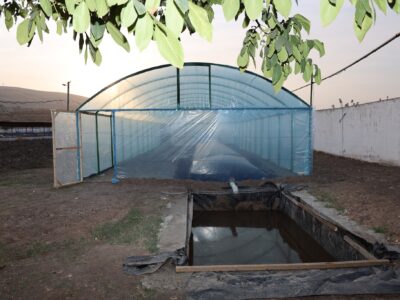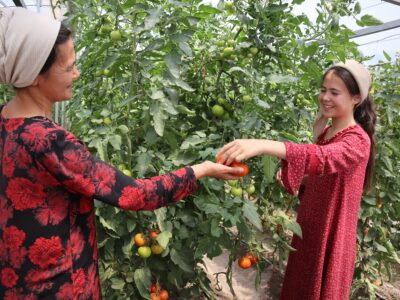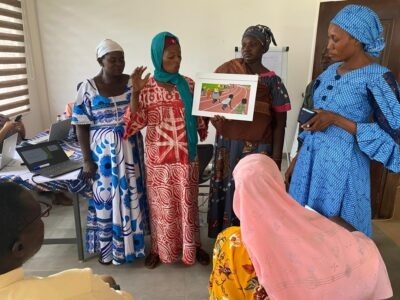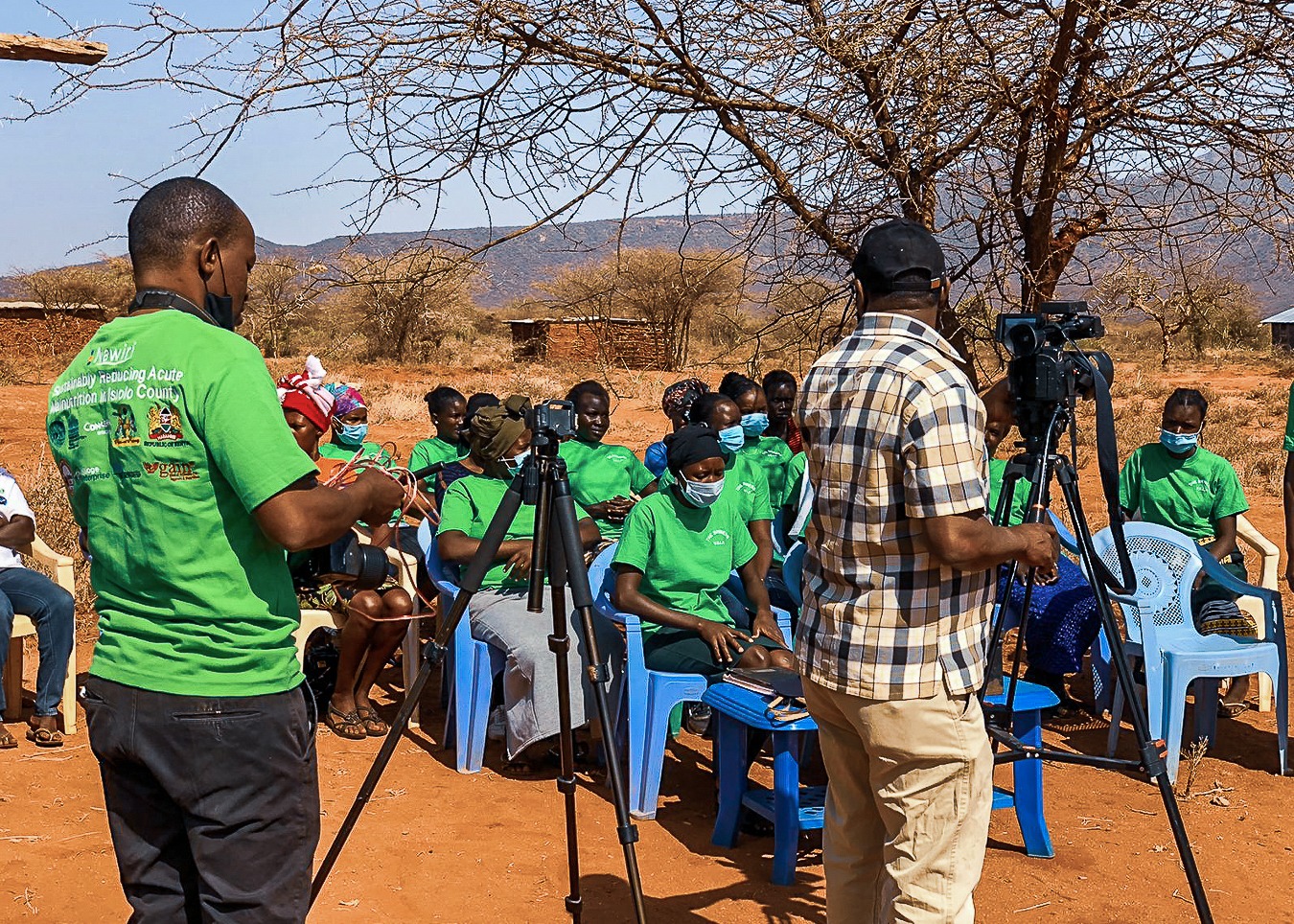
Knowledge management is a useful tool for organizations implementing development programs around the world. As a process, it assists organizations in continually identifying, refining, documenting, and sharing information to successfully implement program activities. However, program implementers cannot do it alone; they need the community, local media, and other partners to join them in documenting and sharing knowledge. The challenge program implementers face is supplying local journalists with newsworthy information that is not too technical or sector-specific. Some local partners may also lack the capacity to communicate learnings effectively.
The USAID Resilience Learning Activity (RLA), funded by USAID and implemented by ACDI/VOCA, recognizes these challenges. To address them, RLA collaborated with several other USAID implementing partners, county governments, and others to coordinate with journalists in Northern and Eastern Kenya and parts of East Africa. The activity aimed to encourage county-owned, country-led documentation through the trained local journalists and county communications teams.
Below are six lessons learned about knowledge sharing with local media:
- Mainstream knowledge management in the project cycle. Building it into the project cycle and engaging with journalists early on makes the process more efficient. (Because of this, project budgets should account for the cost of media facilitation and support.)
- Ensure journalists are clear on who to contact for information. Program officers who manage communications should be reachable by the media and maintain good relationships with journalists.
“A major challenge we have had as local media journalists is the lack of collaboration with development partners here in Isiolo County. Most implementing partners are not very responsive to us when we reach out, and some are keener to work with the national or mainstream media outlets.”
— Ibrahim Yaro, a journalist in Northern Kenya
To ensure better coordination, RLA facilitated site visits for journalists to visit programs and interview program participants. County government staff provided security and the required permits for journalists to travel to site visit areas, while USAID implementing partners offered their program sites. Now, journalists can access information faster than ever.
- Invest in local media to empower communities to tell their own stories. Local media often speak the language of the people, and audiences connect more with local voices than distant experts. What the media shares also has the power to inform future program interventions, as we learn more about community needs.
RLA held training sessions for local journalists and county government communications staff on how to conduct joint documentation. These sessions helped establish trust and transparency. Those who attended learned to empower community members to tell their own stories about how changes to household decision-making builds resilience.
The process has encouraged the community to monitor and evaluate development programs on their own, improving public appreciation for the work done by the county and national governments. Regionally, the media has engaged community members more in documenting initiatives, heightening their awareness of regional development and current affairs. The coverage keeps government and political leaders informed on the ongoing projects and holds them accountable.
- Think of local media as a form of aid during times of disaster. After all, local media outlets make technical information more accessible, address social and cultural perceptions, and help people evaluate their choices during a crisis. Recognizing their importance during disaster, risk, and emergency responses can aid recovery from shocks and stresses.
For example, Beth Kamau, Principal Information Officer of the Isiolo County Governor’s Press Service (GPS), said the training improved how her unit handles communications and shares government policies with the media. After improving her communications skills, she published stories on stresses such as gender-based violence and climate change in Kenya’s Citizen TV and the Kenya Broadcasting Corporation (KBC).
“Since the training, the Isiolo County GPS has forged strong partnerships with the community, development partners, the national government, and journalists. … GPS now prioritizes addressing community grievances and concerns, welcomes constructive criticism, and remains vigilant on climate change issues.”
— Beth Kamau, Principal Information Officer of the Isiolo County Governor’s Press Service
- Strengthen relationships between local media and USAID implementing partners to enhance the flow of information. Communities will be more informed, and collaboration may lead to innovative work among partners.
Over the last four years, media have published more than 100 stories in local and national outlets featuring RLA and its partners. Stories have covered topics such as resilience-building, community-level prevention and preparation for climate and human-made disasters, and best practices from USAID programs in these regions.
Antony Kimemia Kiarie, Director of Information and Public Communication for Isiolo County, engaged in a training with journalists and the USAID Nawiri program team to help share these stories. He learned how the county can work with journalists to sensitize the community on resilience issues. Now, journalists consult with his team before publishing stories. As a result of the training, Antony has published eight stories on global development efforts in the local media, reaching 268,000 Isiolo residents.
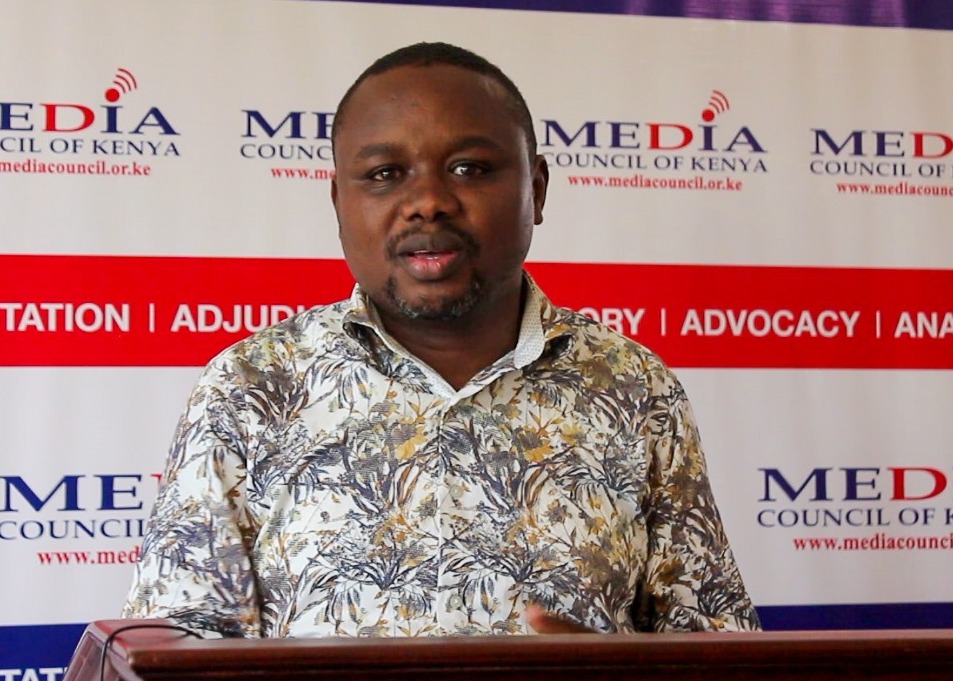
“In the past, I mostly shared political content, but now I have learned different story angles and embraced solution-based journalism. … Before the training, most of my stories were not published because I did not use the required format and structure in my writing. The training was pivotal in improving my skills, and now I can choose words in a way that clearly brings out stories of resilience, which is important to communities in Isiolo County.”
— Antony Kimemia Kiarie, Director of Information and Public Communication for Isiolo County
- Build the capacity of communities and partners to take ownership of the planning process. As secretariat for the USAID-funded Partnership for Resilience and Economic Growth (PREG) and Southeastern Kenya Coordination (SEK) mechanisms, RLA conducted capacity-building activities. These activities allowed PREG and SEK to meet their goals of uniting USAID implementing partners, government actors, Kenyan institutions, and other resilience leaders to leverage resources and generate a knowledge management platform for community learning.
Read the Locally Led Joint Documentation Initiative Learning Brief.
Learn more about the USAID Resilience and Learning Activity, an Associate Award under the Feed the Future Kenya Livestock Market Systems Activity, a Leader with Associates contracting mechanism held by ACDI/VOCA.
Learn more about our work in Kenya.

